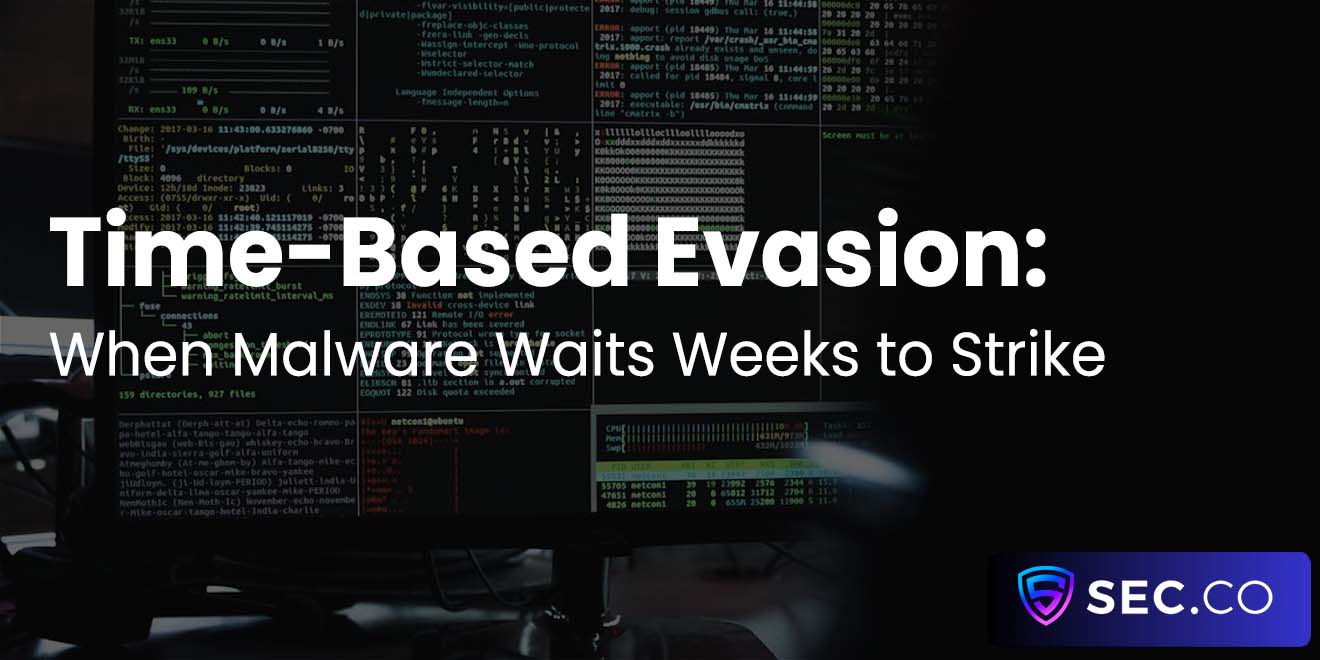Breaking ASLR: A Look at Side Channel Tactics
Address Space Layout Randomization (ASLR) is a security mechanism designed to make it harder for attackers to predict where key pieces of code and data will be stored in a process’s memory. By randomly arranging the positions of an application’s executable and essential libraries in memory, ASLR forces malicious actors to guess memory addresses if they’re trying to exploit vulnerabilities.
Even so, cybersecurity is a game of innovation on both sides, and attackers have found cunning methods—often referred to as side channel tactics—to undermine the effectiveness of ASLR. In this article, we’ll explore how attackers can break ASLR using side channel attacks, why this matters for overall cyber defense, and what organizations can do to minimize these risks.
ASLR in a Nutshell
Before diving into the specific methods used to break ASLR, it helps to understand what ASLR does. In older systems without ASLR, memory addresses for processes were largely predictable. That meant if a hacker knew that a certain function was stored at a specific location, they could craft an exploit—perhaps an overflow or other memory manipulation technique—to execute arbitrary code.
ASLR attempts to neutralize such threats by shifting the location of program data every time a process is started. But ASLR isn’t foolproof. Much depends on the operating system’s implementation, the quantity of randomness, and other factors such as partial or full relocation of the memory segments.
Some older or less sophisticated implementations only randomized the stack, but not other structures, whereas newer systems try to randomize everything from stack to heap to libraries. Yet, if an attacker can observe or indirectly measure aspects of a system’s behavior, they might bypass ASLR altogether. This is where side channel tactics come into play.
What Are Side Channel Tactics?
Think of a side channel as an unintended information leak. Rather than attacking the system through the direct path—such as breaking encryption by purely mathematical means—side channel attacks rely on hidden clues: timing measurements, power consumption, electromagnetic emissions, or even acoustic signals. In the context of bypassing ASLR, side channel methods might involve watching how long certain operations take, or monitoring memory access patterns that reveal the layout of a process’s memory.
No matter how random a location is set to be, if an attacker can gather indirect information about that location—perhaps how quickly the CPU fetches certain data—the randomization barrier can weaken. That’s the big takeaway: side channels can provide enough leaks, or partial leaks, for attackers to piece together the memory map of a process.
Timing Attacks: A Familiar Side Channel
One of the more well-known categories of side channel attacks is timing-based exploitation. Timing side channels work by analyzing the time it takes for a system to respond to specific requests or actions. If an attacker can measure how quickly a system handles a fault, or how long a memory access takes, they might infer whether said access was “close” or “far” in memory.
Over multiple iterations, these tiny time differences—often measured in microseconds or nanoseconds—can give clues to where different parts of a program are located. Imagine an attacker running a malicious process alongside the target application or tricking the application itself into accessing particular memory locations. By comparing response times, the attacker gleans a fairly accurate idea of what memory addresses are in play, effectively cracking the randomization that ASLR depends on.
Cache Attacks: Using Shared Hardware Resources
Another potent side channel tactic leverages shared resources like the CPU cache. Modern computing environments routinely use caching to speed up performance—data accessed more frequently is stored in faster on-chip memory. While caching is great for performance, it also introduces a side channel. By analyzing which memory locations are “hot” in the cache, attackers can sometimes pinpoint which code is running, and where in memory that code is stored.
For instance, flush+reload is a specific technique where an attacker flushes certain cache lines and then measures the reload times. If reloading is faster, the attacker knows that the target process used that memory address in the meantime. Over repeated measurements, it becomes possible to piece together a map of the memory addresses being accessed, again undermining ASLR.
This type of espionage is subtle and doesn’t necessarily rely on exploiting software vulnerabilities directly. Instead, it capitalizes on shared hardware resources and how these resources function at a low level.
Page Fault and Exception Handling Observation
Systems can leak information not just through timing and cache usage, but also through how they handle page faults or exceptions. When a process tries to read or write to memory that isn’t loaded properly, the operating system steps in. Observing these events—even from an unprivileged process—can sometimes hint at memory layout details.
In multi-user environments or in virtualized settings, observing how quickly certain page faults resolve might lead an attacker to hypothesize the location of loaded modules. A single instance of observation might not be enough, but repeated checks can build a reliable memory picture, effectively bypassing ASLR.
Why Breaking ASLR Matters
You might wonder: If ASLR is just one protective layer, why the fuss about attackers breaking it? The reality is that ASLR is often a critical line of defense—it forces attackers to guess or brute-force memory addresses, raising the bar significantly for exploit development. Once ASLR is compromised, a wide range of previously challenging exploits become far easier to execute. That includes Return-Oriented Programming (ROP) attacks, buffer overflows, and more advanced kernel-level intrusions.
Crippling ASLR can also have ripple effects. Security experts often assume that with ASLR in place, certain vulnerabilities aren’t as dangerous. If an attacker proves they can break ASLR reliably, organizations must scramble to patch or re-engineer their defenses. In short, defeating ASLR is a big deal—it can turn what was previously a mild risk into an active, severe threat.
Examples of Real-World Attacks
Real security incidents and proofs of concept demonstrate that side channel tactics aren’t just theoretical. Over the past decade, researchers have highlighted hardware-level attacks—like Meltdown and Spectre—that exploit speculative execution features to access protected data. While not strictly designed to break ASLR, these vulnerabilities revealed how low-level optimizations and microarchitectural details can leak secrets, including memory addresses.
Additionally, cache-based side channel demonstrations have shown that attackers could glean cryptographic keys, browse session tokens, or password data by measuring cache timing data. In principle, these same methods can be adapted to discover memory addresses.
Mitigations and Defensive Strategies
If side channels are so powerful, what can be done to thwart them?
Hardware Upgrades
Sometimes the solution lies in CPU microcode updates or redesigns that reduce information leakage. Hardware manufacturers do occasionally release patches to limit the resolution of certain timers or to handle speculative execution more carefully, thereby blunting side channel attacks.
Software Randomization Refresh
Instead of relying on a single round of randomization at process startup, developers can design software to re-randomize virtual memory spaces periodically. This dynamic approach can limit the window of time that attackers have to gather side channel clues.
Strict Process Isolation
Enforcing robust sandboxing and containerization techniques can make it trickier for an attacker-controlled process to spy on a victim process. The more we isolate processes, the less likely it is that side channels can leak meaningful cross-process information.
Lower Resolution Timestamps
Timing attacks often rely on highly precise measurements. If operating systems limit the precision of accessible timers or enforce random jitter in reported timing, it becomes more difficult for an attacker to gather reliable data. While this might degrade some legitimate performance metrics, it also enhances system security.
Defensive Coding and Monitoring
Security-aware developers can watch for unusual system behavior and incorporate checks that detect repeated unauthorized memory probing. Intrusion detection systems can look for patterns consistent with side channel reconnaissance, like repeated cache flushes or abnormal fault sequences.
Planning for the Evolving Threat
The reality is that side channel attacks evolve alongside hardware and software innovations. With every new CPU feature designed to eke out performance gains, there’s a possibility of introducing new side channels. Likewise, as memory management becomes more complex, attackers might uncover novel ways of discerning memory location details. For security teams, it’s critical to treat side channel threats with the same seriousness as any other exploit variety.
That means including them in threat models, following industry research closely, and applying manufacturer patches or microcode updates promptly. Given that ASLR is such a fundamental defense and side channels are subtle but powerful adversaries, organizations should adopt layered security solutions. These layers can include robust input validation, timely patch management, and stringent network monitoring—creating multiple lines of defense that discourage attackers.
Trusted by the Web Community
See what we written lately
Request an invite
Get a front row seat to the newest in identity and access.















